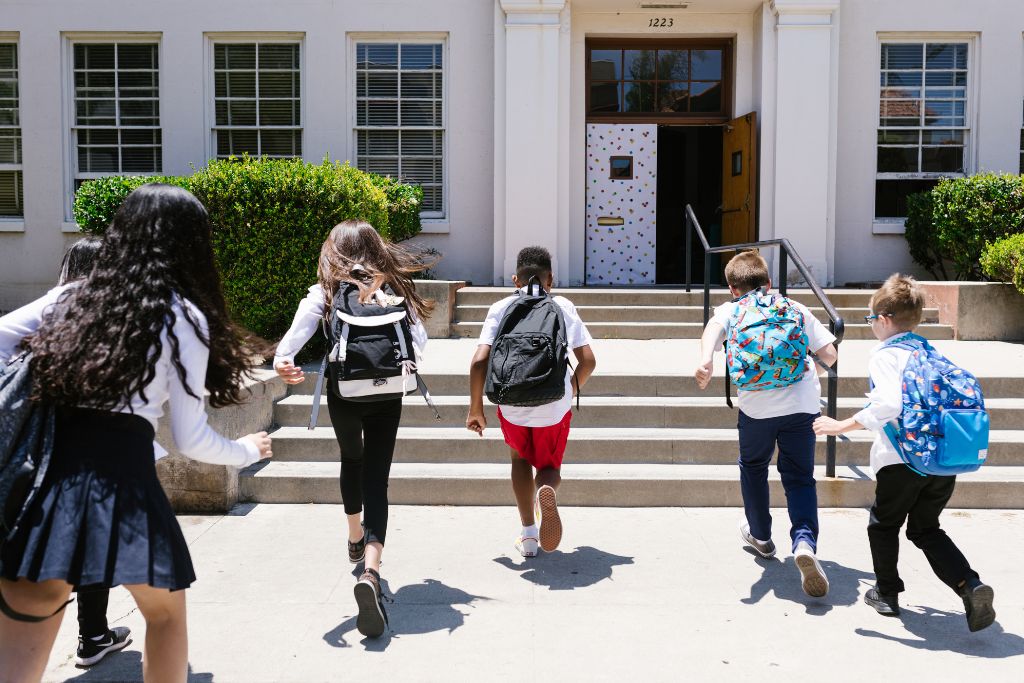In the turbulent landscape of 1960s America, amidst the fight for racial equality, a six-year-old girl named Ruby Bridges stood tall, becoming an unwilling yet powerful symbol of change. On November 14th, 1960, she walked into William Frantz Elementary School in New Orleans, not just as a student, but as the first African-American child to integrate a formerly all-white school. Her courageous steps marked a pivotal moment in the long struggle for civil rights, etching her name in history forever.
Born in 1954, just months before the landmark Brown v. Board of Education decision declared racial segregation in public schools unconstitutional, Ruby’s life was intertwined with the fight for equality from the very beginning. Selected, along with three other girls, through a fair testing process, she became the face of desegregation in a city fiercely resistant to change.
Her first day at William Frantz was not a welcoming one. White parents withdrew their children in protest, leaving Ruby alone in a classroom with a single, courageous teacher, Barbara Henry. Facing daily jeers, taunts, and even death threats, Ruby remained undeterred. Her strength and resilience, fueled by her parents’ unwavering support and the knowledge that she was doing something important, became an inspiration for millions.

Though a lone student, Ruby wasn’t alone in her fight. Federal marshals escorted her to and from school, shielding her from the physical threats. The media captured her journey, bringing the stark reality of desegregation into living rooms across the nation. And while protests continued, pockets of support emerged, with a handful of white students eventually returning to the school.
Ruby’s story isn’t just about individual courage; it’s about the systemic challenges and societal shifts that marked the Civil Rights era. Her experience exposed the deep-seated racism that plagued the South and the immense sacrifices demanded in the pursuit of equality. It serves as a reminder of the bravery required to stand up for what’s right, even in the face of overwhelming opposition.
Beyond the immediate impact, Ruby’s story continues to resonate today. She became a powerful symbol of the Civil Rights Movement, inspiring generations to fight for justice and equality. Her image, captured in Norman Rockwell’s iconic painting “The Problem We All Live With,” remains a stark reminder of the struggles faced and the progress achieved.
Ruby Bridges’ journey is a testament to the power of individual courage and the enduring fight for racial equality. Her experience, etched in history as a pioneering moment, continues to inspire and challenge us to create a world where differences are celebrated, not ostracized. And in that quest, her story remains a beacon of hope and a call to action.
Additional Points to Consider:
- Briefly mention the “McDonogh Three,” the other girls originally selected for the integration plan.
- Highlight the long-term impact of Ruby’s experience on her life and on the city of New Orleans.
- Include quotes from Ruby Bridges herself reflecting on her experience.
- Discuss the continued relevance of her story in the contemporary fight for racial justice.

